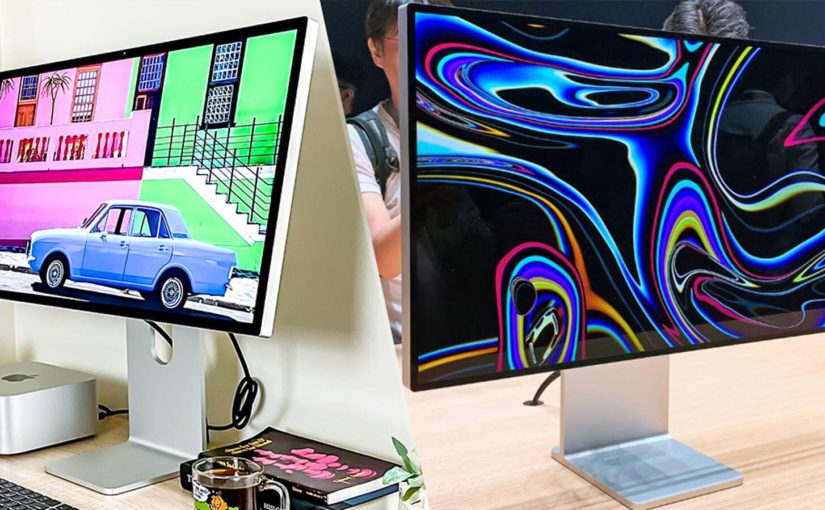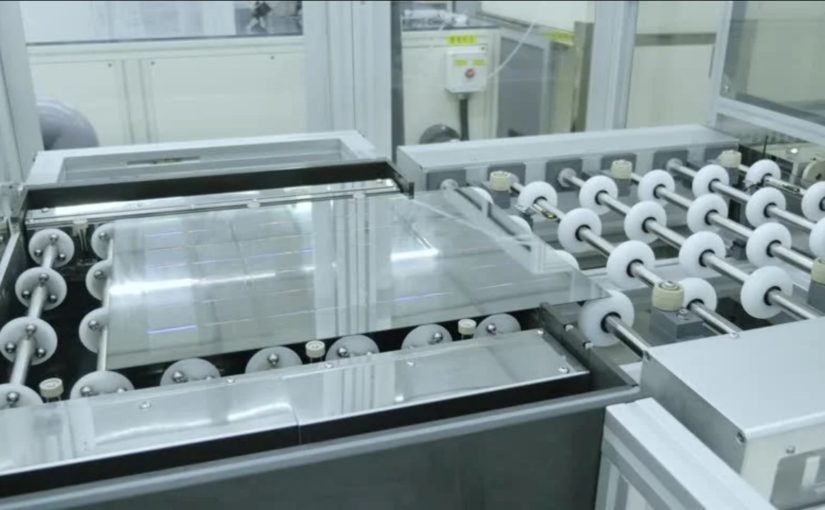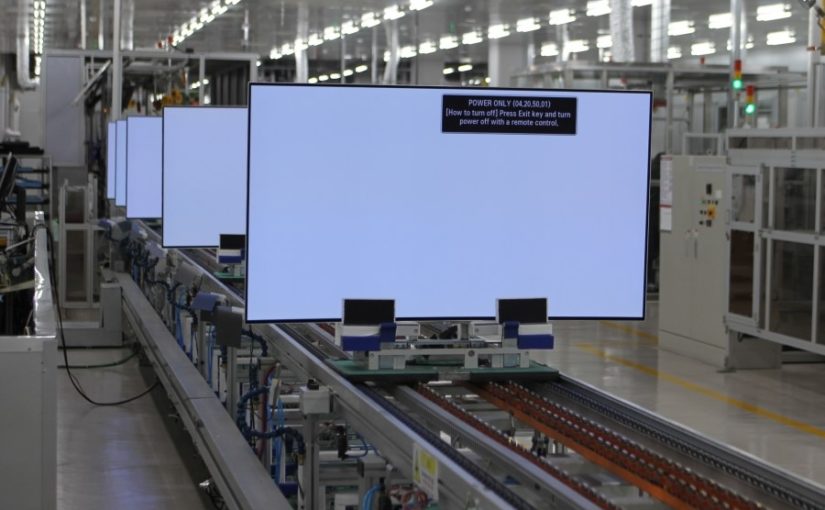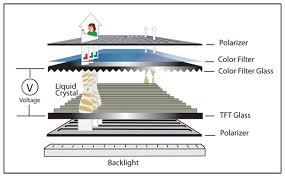OLED displays have made their way into many handheld devices including smartwatches, android phones and mobile gaming devices. They also appear in TVs and laptops.
Oled screens do have a limited lifetime that was a concern a few years ago, but this issue has been steadily improved and is now almost a non-issue.
Smart Ink Document Viewer
OLEDs work without a backlight, so they can be much thinner and lighter than LCD screens. They also have a much higher contrast ratio, meaning they can show darker colors than LCDs. This means that they are better suited for use in low ambient light conditions.
Another advantage of OLEDs is that they are easy on the eyes. This allows you to spend longer hours using your computer without suffering from eye fatigue. This is important for productivity and could help to prevent long-term vision problems.
However, OLED screens can be more expensive than LCDs. This can make them unsuitable for some budgets. Moreover, OLEDs tend to consume more power than LCDs, which can reduce battery life. This can be an issue if you plan on using your laptop for long periods of time away from a power outlet. To minimize this, you can adjust the brightness of your display to compensate for this.
Smart Camera
The most popular OLED displays are in smartphones and tablets, but they’re also becoming a feature in digital cameras. They can provide bright colors and high-resolution images, and they’re also more power efficient than LCDs.
In 1960, Martin Pope and coworkers at New York University in the United States developed ohmic dark-injecting electrode contacts to organic crystals that are the basis for charge injection in all modern OLED devices. They also characterized the necessary energetic requirements (work functions) for hole and electron injecting electrodes in OLEDs, enabling them to operate at lower voltages and with greater efficiency.
OLED microdisplays are being used as electronic viewfinders in mirrorless camera models, with Sony being a clear pioneer in this area. These EVFs have higher brightness, better refresh rate and more accurate color than LCDs, but the lack of an optical lens can sometimes cause some issues when using a mirrorless camera. To remedy this, some photographers use an external auxiliary display or calibrate the OLED monitor with a calibration tool like the X-Rite i1Display Pro.
Smart Home
With the popularity of smart homes, consumers are looking for products that can integrate with other devices. This has led to the development of a variety of different types of smart displays. These can be used in the home, office, or school to display information and media. These displays are also capable of interacting with smart home devices and integrating with voice assistants.
Aurora Transparent OLEDs are the thinnest and most dynamic screens on the market. They provide a stunning image quality with rich colors and detailed contrast. For example, the opening scene of “The Matrix” looks inky black, while the police officers’ flashlights exhibit punchy specular highlights.
OLEDs have a low response time, meaning that the pixels can change color quickly. This results in a smoother picture during fast-paced scenes. In addition, OLEDs are more energy-efficient than LED TVs. They also have wider viewing angles than LED screens. This makes them a good choice for a wide range of users.
Smart Phone
Samsung produces OLED displays for all of its phones from budget to flagship and even makes the display for Apple’s iphone XS and XS Max. The Galaxy A series smartphones from Samsung feature 5.5-inch Full HD Super AMOLED displays that support 800nits luminance for excellent outdoor visibility and have been certified ‘Eye Care’ by SGS, a global certification firm.
OLEDs provide a superior contrast ratio to LCDs when the screen is set at its optimum brightness level. But that advantage is less apparent when a phone is used with varying ambient light levels.
Moreover, the OLED displays used in smartphones can have issues like image retention and longevity. Nevertheless, manufacturers continue to improve the display technology by improving the various other factors that affect user experience such as brightness, color gamut, efficiency and cost. These days, all smartphone AMOLEDs are active matrix – just like their LCD counterparts. This means that it’s just as silly to call a smartphone’s OLED display ‘AMOLED’ as it is to call an LCD ‘AMLCD’.





